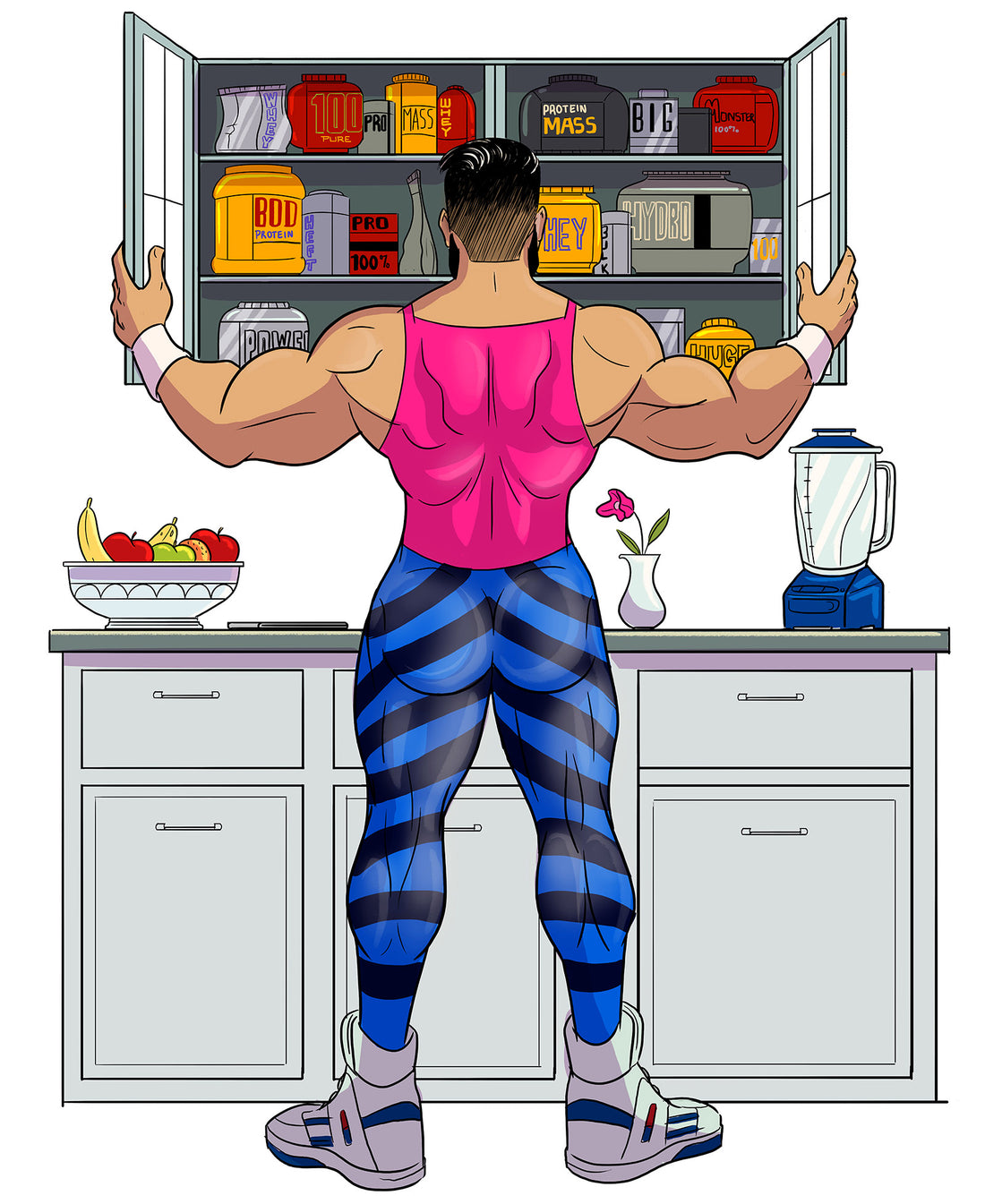
Home Cooking and Health: Making it Werk.
Share
Turns out dining out is striking out.
Disclaimer: LED Queens is not a proponent of "diet culture" or the kinds of quick-fix gimmicks that claim you can lose weight in a number of weeks. We're all about forming positive relationships with both food AND the gym. One of LED Queens’ core values is to have conversations about these habits by investigating particular issues as they arise.
Today, LED Queens staff writer Kelly Boner is leading the conversation about the benefits of cooking at home versus eating food from restaurants.
We're two months (and change) into the New Year and the LED Queens stance on resolutions remains, to put it blunty, "fuck resolutions." Whether you started your fitness journey at the new year or you've been charting your path for eight years now, sometimes it's good to review the basics of getting your diet and workouts to a healthy place.
Do you find yourself ordering takeout too often or eating out several days a week? Maybe you aren’t seeing results in your fitness even though you order “healthy” items in your takeout. Let’s dig a little deeper, then.
One recently published study really started this train of thought for me. The Journal of Nutrition released the results of their 13 year study (from 2003 through 2016) that followed the diets of roughly 35,000 American adults. Through this research they discovered a startling fact: that virtually meals consumed in restaurants of all varieties classified as unhealthy.
While we'd have to do a deeper dive into that study to see what qualifies as unhealthy, generally the issue with restaurants is twofold: portion size and preparation.
Because we aren’t in the kitchen as these meals are made, we don’t know exactly what amount of which ingredients are included in what we eat, making it harder to track calories. So whether you’re aiming to build muscle mass or lose weight, when you eat food prepared in restaurants, it’s difficult to track exactly what you’re eating. When you prepare food at home, you’re able to much more effectively moderate what goes into a dish and make the best choices for your fitness goals.
Additionally, meals at restaurants are typically larger than the portions we would make for ourselves. When you’re eating larger portions, it’s much tougher psychologically to moderate the amount you eat. Over time, this leads to consuming more calories than intended, again interfering with your best laid plans.
So it seems like the obvious choice regarding restaurants (particularly fast food and chain restaurants) is to just say no. ❌ However, while it'd be easy to advocate for never eating out again, where's the fun in that?
🥗🥙🌮🌯🥩🍛
The first step is realizing that you have to moderate when, why, and how often you eat out, and learn to be more aware of what's on the menu at your favorite places. While maybe not every meal in this study qualified as 100% healthy, we'd have to take another look at their parameters. Surely some of these meals were healthier than others, in moderation, a couple of times a month.
The other important item to take into consideration is working on your relationship to cooking. When you learn to balance the time it requires with interesting recipes and meal planning, it becomes a crucial element to your fitness plan.
I've always thought that the true road to fitness has to be a holistic one. You can't necessarily jump start your strong AF and fit AF lifestyle by changing one habit, once. This March, the LED Queens team is going to keep pushing the ways we can eat better and live better. And, if you want to get started on building your toolkit for tracking what you eat, we recommend the app Cronometer for tracking calories and activity, for whatever you need.
Be sure to join us on Instagram and Youtube for our dedicated month to eating well and cooking well.
Kelly Boner is a staff writer for LED Queens who joined the team in September 2019. She is a designer, drag artist, member of the Chicago LGBTQ community, and avid email marketing enthusiast.
